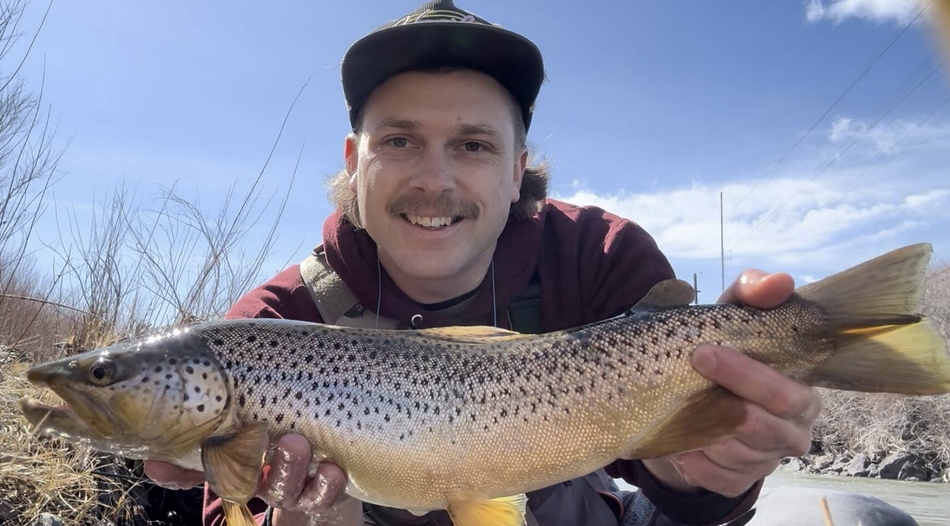
Report Date:
https://troutcreekoutfitters.com/
We love the Truckee in the spring, as the fish really begin to wake up from the short and cold winter days. They often appear fat and happy, they fight hard, and their colors are incredible. The next few weeks will be the sweet spot for anglers looking to fish the river hard. We have a great combination of warming water temps, longer and warmer days, aggressively feeding fish, and stable pre-runoff flows. Once we begin to see a week or more of days in the mid-70’s, runoff will begin and while the fishing can still be great (honestly, sometimes better), your tactics will have to change. We have been finding fish continue to hold in the winter runs this week, at least in most of the river. The rainbows have begun to spawn on parts of the lower river, with a few fish spotted on redds in the Reno area and east. If fishing down here, be aware of this and avoid wading in shallow riffles with abundant gravel. Please also avoid fishing for these vulnerable fish and allow them to do their thing. This is a very important event that our fishery relies on to maintain a robust population of wild trout. As tempting as it is to fish for and fish around these guys, it is vital that we give them their space over the next month or more. As always, give us a call if you have any questions about how to identify a redd or about how to read the behavior of a spawning fish. We are also happy to help explain what we feel is the best etiquette for fishing during this time of year. However, most of the river is still free of redds for now and fishing during the pre-spawn months can be some of the best of the year.
Skwalas have continued to turn up in the system with increased regularity, and the stonefly bite is happening using both the nymphs and dry imitations of this early season hatch. These bugs are known as fair weather fliers and with the mild weather expected this week, it will be a great time to try some dry fly fishing along the upper sections of the Truckee, where they are found in abundance. Observing the adults on the water, they often sit low in the film and appear to be floating downstream helplessly. When imitating the naturals, we use low riding pattens, with just enough foam or hackle to keep it floating. We also find it important to use a pattern with fine rubber legs, to imitate the struggling bug. Lastly, the colors of commercially tied skwala patterns can vary from a black, to dark olive, to a medium yellow. While the color of an adult skwala can even vary quite a bit on one river system, and the Truckee is no exception, the one we consistently do the best on is a brownish-yellow color. Think Dijon mustard. While the biggest fish in the river will often prefer their meal brought to them and therefor are more likely to take the nymphs, having shots on multiple fish in a day using a size 10-12 dry fly is a hell of a lot of fun, and you never know when your presentation can tempt that large brown to look up.
Report Date:
The lake saw a few good days this week as the last small front pushed through the area. Things appear......